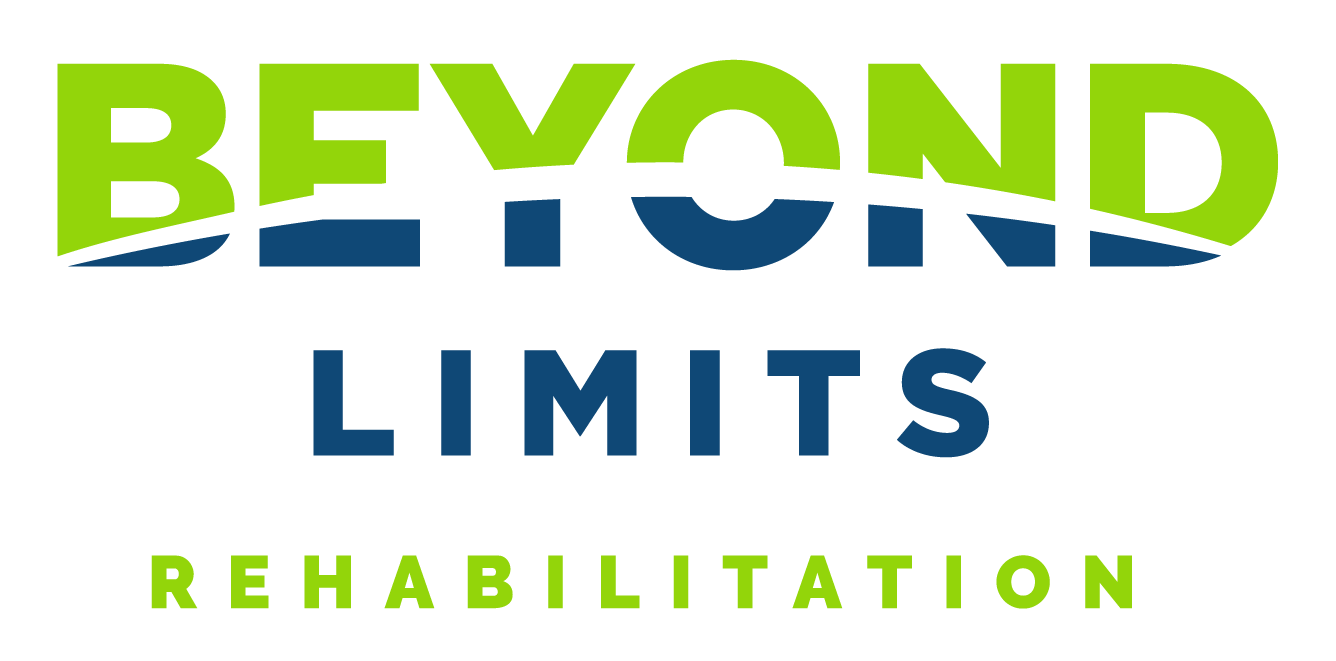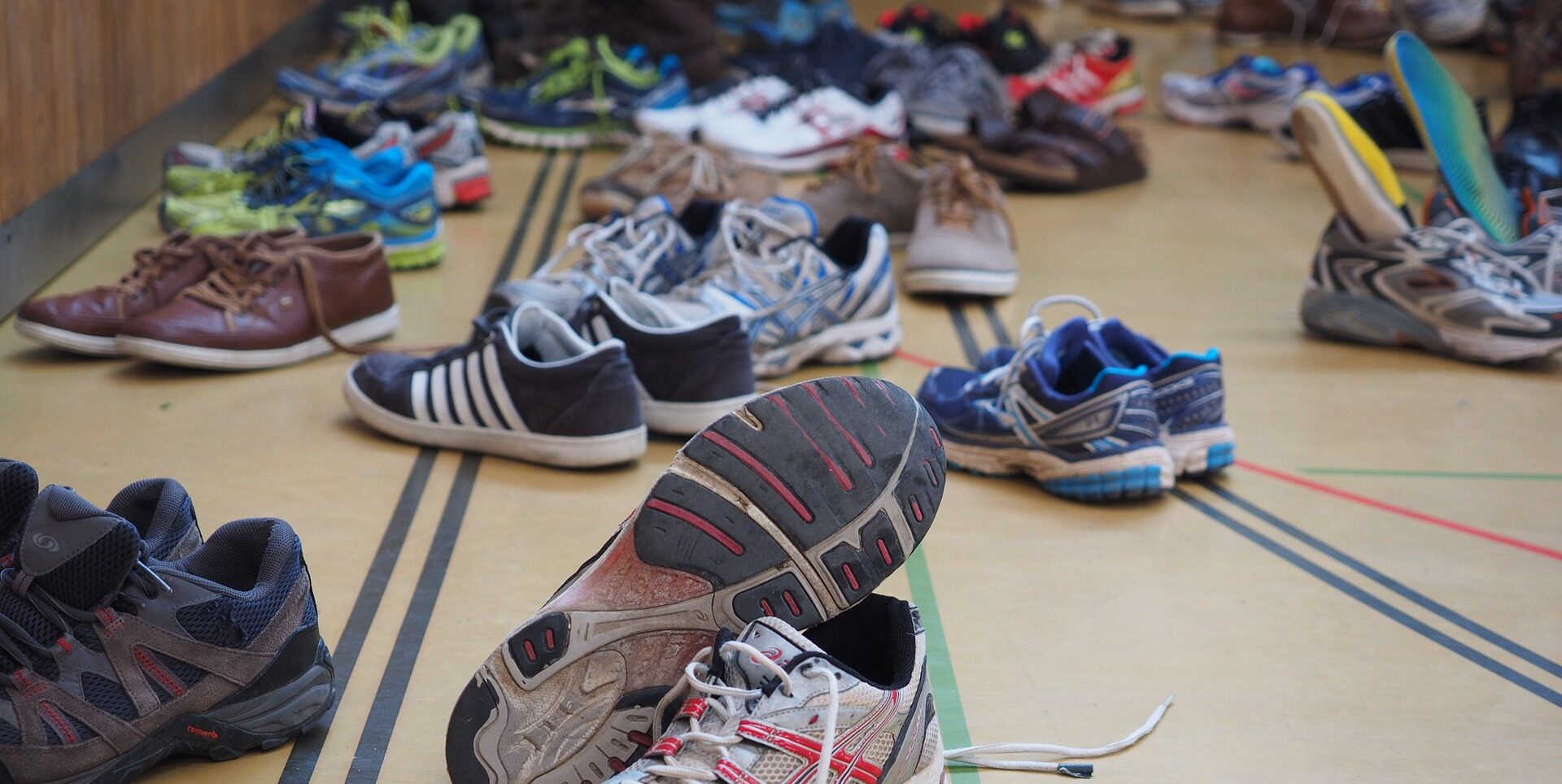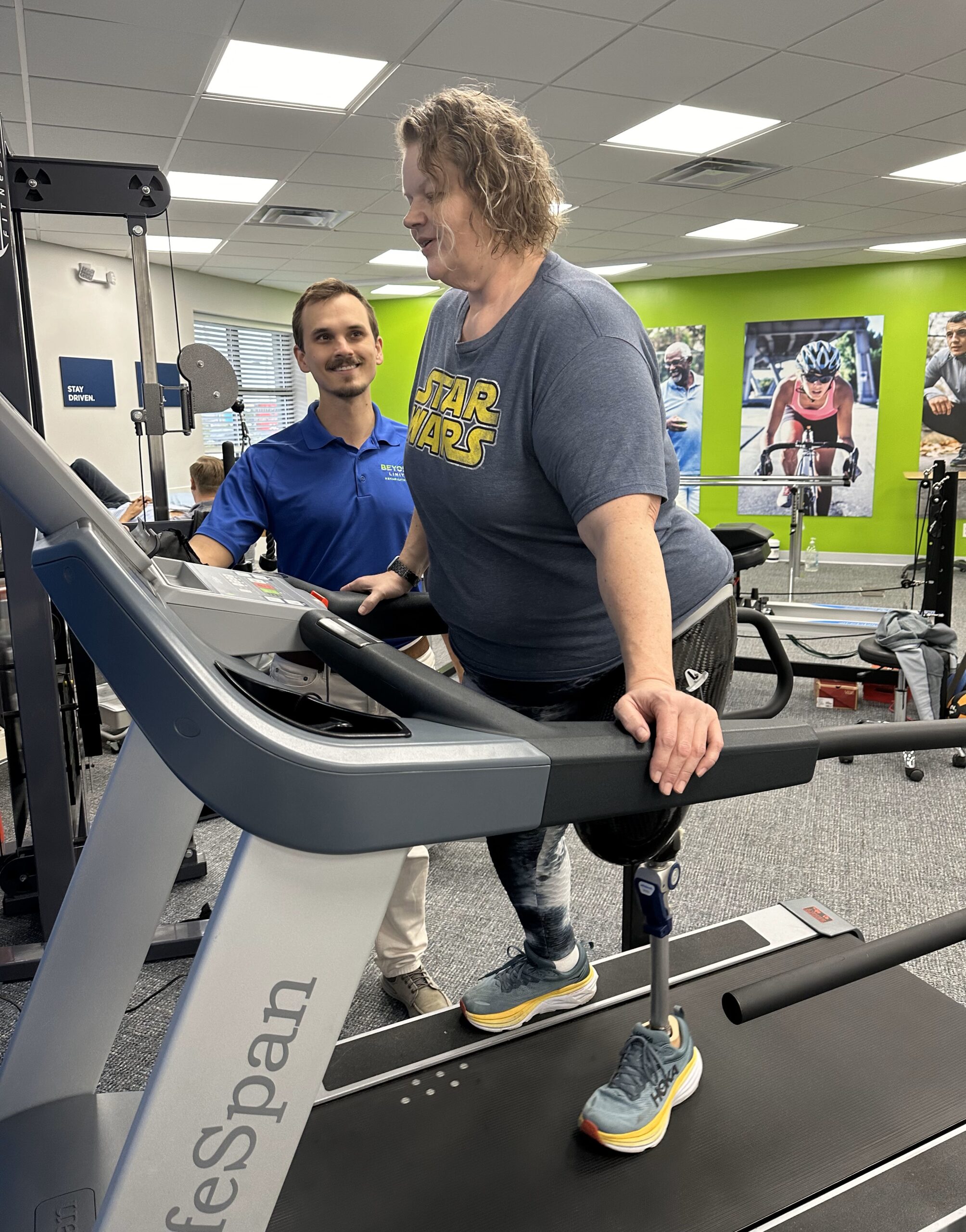By Lisa Kohler, BS, PT, Director of Clinical Education
Gait speed as the sixth vital sign
Research has stated that gait speed could be considered the sixth vital sign. We all know to measure our patients’ overall health status and tolerance to activity by blood pressure, heart rate, respiration, and temperature. Pain is considered the fifth vital sign that professionals use to determine health. Gait speed has been shown to predict mortality/morbidity, discharge location from acute care, and ability to cross the street safely, to name a few. This measure can be easily used in all therapy settings.
What is normal gait speed?
Normal gait speed ranges from 1.2-1.4 meters/second, which is the speed to safely cross an intersection. It is also a predictor of ability to climb several flights of steps. It is a quick and simple test to execute. The gold standard is a space of 20 meters (65.6 feet) and a stopwatch. If you don’t have a space that large or the patient cannot tolerate that distance, the research has shown as little as 4 meters (13.1 feet). Personally, I like the gait speed app because it allows you to choose 10 feet as an option! If you are like me, the metric system is not my comfort zone.
Gait speed with related therapeutic applications:
Therapeutically, it also assists in goal development. It is very sensitive to change and the minimal clinically important difference to the patient is a range from 0.1-0.28 m/s. It justifies insurance payment, because it supports skilled need. Gait speed can be improved 3 types of exercise interventions: resistance, coordination, and a multimodal approach of cardiovascular, flexibility and balance. Specific to strength, to increase usual/self-selected gait speed, you need to strengthen the non-dominant hip abductors. To increase maximal gait speed, you need to strengthen the non-dominant knee extensors.
If you would like more information on gait speed, the OPTA, at https://ce.ohiopt.org/index.cfm?pg=semwebCatalog&panel=showSWOD&seminarid=7972, offers an hour webinar titled The Sixth Vital: Gait Speed. It provides more detail on specific areas of practice, as well as more detail on all of the information presented above.
REFERENCES:
- Alfredsson J, Stebbins A, Brennan JM, et al. Gait Speed Predicts 30-Day Mortality After Transcatheter Aortic Value Replacement. Circulation. April 2016; 1351-1359.
- Ostir GV, Berges IM, Ottenbacher KJ, et al. Gait Speed and Dismobilityin Older Adults. Archives of Physical Medicine and Rehabilitation. 2015; 1641-1645.
- Dodson JA, Arnold SV, Gosch KL, et al. Slow Gait Speed and Risk of Mortality or Hospital Readmission After Myocardial Infarction in the Translational Research Investigating Underlying Disparities in Recovery from Acute Myocardial Infarction: Patients’ Health Status Registry. JAGS. March 2016; 64 (3): 596-601.
- Maggio , Ceda GP, Ticinesi A, et al. Instrumental and Non-Instrumental Evaluation of 4-Meter Walking Speed in Older Individuals. PLOS ONE. April 2016; 1-10.
- Peel NM, Kuys SS, Klein K. Gait Speed as a Measure in Geriatric Assessment in Clinical Settings: A Systematic Review. J Gerontol A Biol Sci Med Sci. January 2012; 68 (1): 39–46.
- Bohannon R. Comfortable and maximum walking speed of adults aged 20-79 years: reference values and determinants. Age and Ageing. 1997; 26: 15-19.
- Fritz S, Lusardi M, White paper: Walking speed: The sixth vital sign. J Geriatr Phys Ther 2009; 32: 46-49.
- Braden H. Self-selected gait speed: A critical clinical outcome. Lower Extremity Review. November 2012.
- Albany K, Bibi K, Greenwood KC. Walking Speed Differences Following Open Heart Surgery Vary With Discharge Destination. JACPT. 2015; 6 (2): 56-63.
- Richardson J. Walking speed, part 2: What can you do to improve walking speed? https://www.mcmasteroptimalaging.org/blog/detail/blog/2014/09/21/walking-speed-part-2-what-can-you-do-to-improve-walking-speed. Published September 21, 2014.
- Middleton A, Fulk GD, Beets MW et al. Self-Selected Walking Speed is Predictive of Daily Ambulatory Activity in Older Adults. J Aging Phys Act. April 2016; 24 (2): 214-222.
- Coulter CL, Scarvell JM, Neeman TM et al. Physiotherapist-directed rehabilitation exercise in the outpatient or home setting improve strength, gait speed and cadence after elective total hip replacement: a systemic review. J Physiother. Dec 2013; 59 (4): 219-226.
- Hortobagyi T, Lesinski M, Gabler M et al. Effects of Three Types of Exercise Interventions on Healthy Older Adults’ Gait Speed: A Systemic Review and Meta-Analysis. Sports Med. 2015; 45: 1627-1643.
- Barthuly A, Bohannon R, Gorack W. Gait speed is a responsive measure of Physical Performance for patients undergoing short-term rehabilitation. Gait & Posture. 2012; 36 61-64.
- Kuys S, Peel N, Klein K, et al. Gait Speed in Ambulant Older People in Long Term Care: A Systemic Review and Meta-Analysis. JAMDA. 2014; 15: 194-200.
- Lyons SG, Ensrud KE, Schousboe JT et al. Slow Gait Speed and Risk of Long-Term Nursing Home Residence in Older Women, Adjusting for Competing Risk of Mortality: Results from the Study of Osteoporotic Fractures. J Am Geriatric Soc. December 2016; 64 (12): 2522-2527.
- Peel N, Navanathan S, Hubbard R. Gait speed as a predictor of outcomes in post-acute transitional care for older people. Geriatr Gerontol Int. 2014; 14: 906-910.
- Ehlenbach W, Larson E, Curtis J, et al. Physical Function and Disability After Acute Care and Critical Illness Hospitalizations in a Prospective Cohort of Older Adults. JAGS. 2015. 63: 2061-2069.
- Fulk GD, Ludwig M, Dunning K, et al. Estimating Clinically Important Change in Gait Speed in People with Stroke undergoing Outpatient Rehabilitation. J Neurol Phys Ther. June 2011; 35 (2): 82-89.




